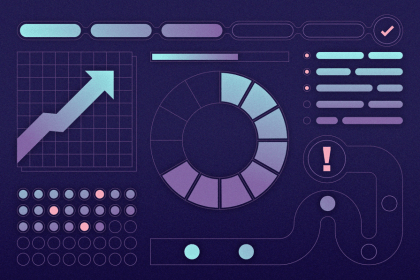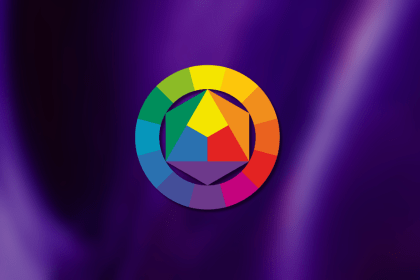
Growth designers turn user behavior into business results, bridging UX and revenue with data-driven strategies that deliver conversions and retention.

CRO isn’t just marketing fluff — UX designers who get it can turn clicks into revenue and have bolder impacts in sales.

Starting with proto-personas can be better than a blank page, but don’t forget — they’re assumption-driven placeholders for the real thing. Research is key to turning them into true personas.

The Zeigarnik effect explains why people tend to remember incomplete tasks first and complete work that’s already started.

Design thinking workshops are your key to turning big problems into clear solutions. In this blog, I share how to run them efficiently and keep your team aligned.

The hamburger menu is a design classic that keeps things tidy and functional. In this blog, I will share how you can implement it effectively in your next project.

Information architecture isn’t just organizing content. It’s about reducing clicks, creating intuitive pathways, and never making your users search for what they need.

Oftentimes when looking at something, you can tell what looks good or bad, however struggle to verbalize why.

For when you’re stuck in a UX design rut next, bring in lateral thinking. Lateral thinking will take your designs in fresh directions, solving tricky problems with unexpected creativity.

Colors in UI aren’t just decoration. They’re the key to emotional impact, readability, and accessibility. This blog breaks down how to pick colors that don’t just look good — they work for your users.

To think outside the box means to come up with atypical ideas, usually by ideating in an non-traditional way.

It’s time to ditch those sneaky UX traps and actually connect with your users. In this blog, I talk all about transparency, informed consent, and why trust isn’t something you can fake as a UX designer.